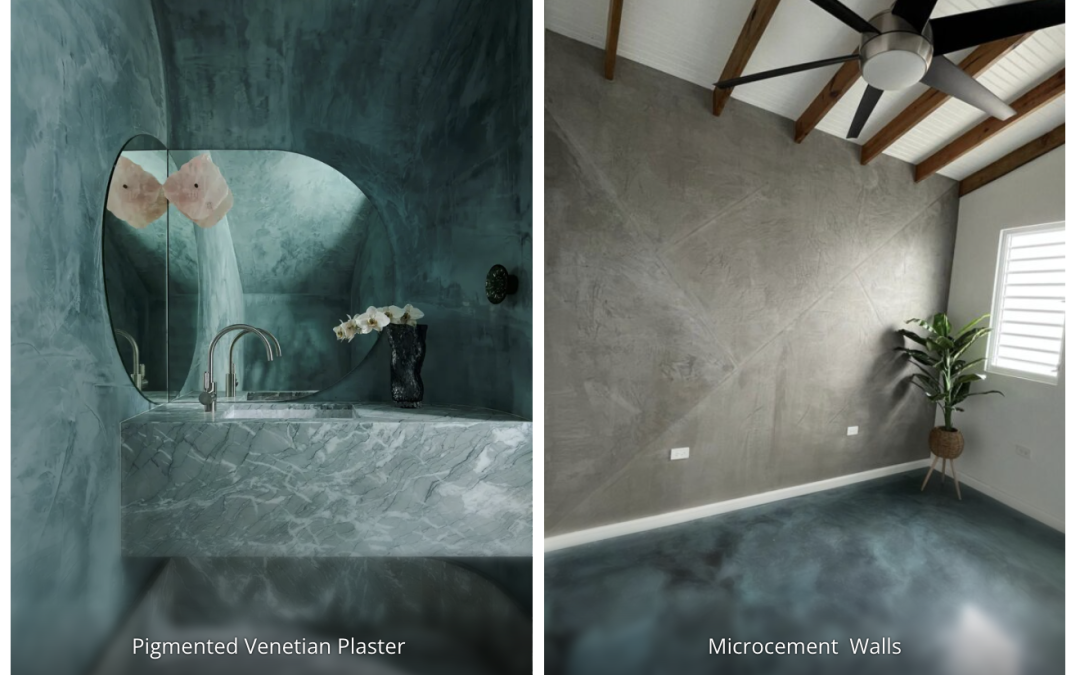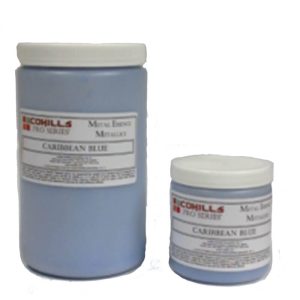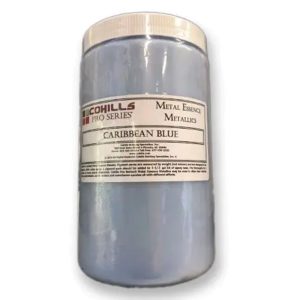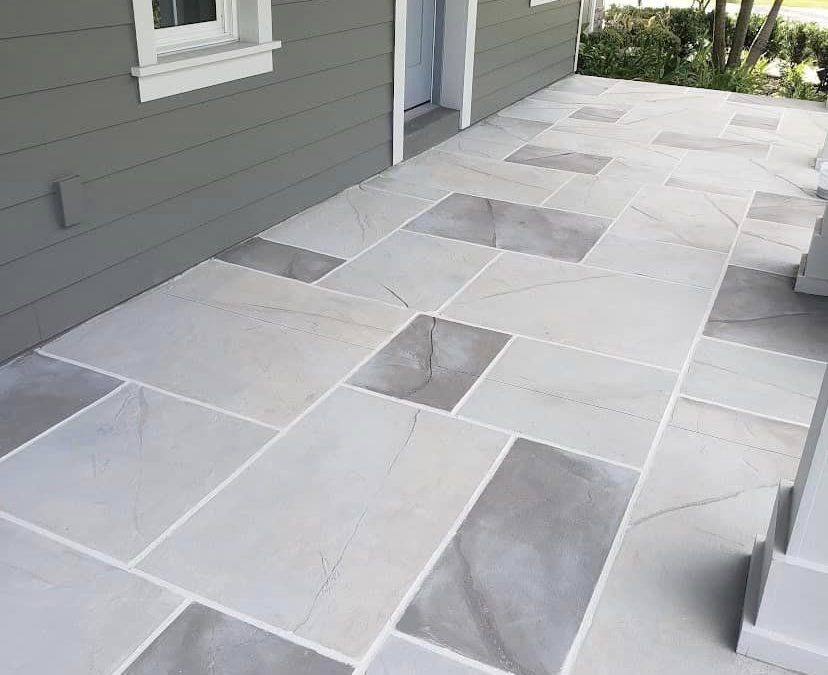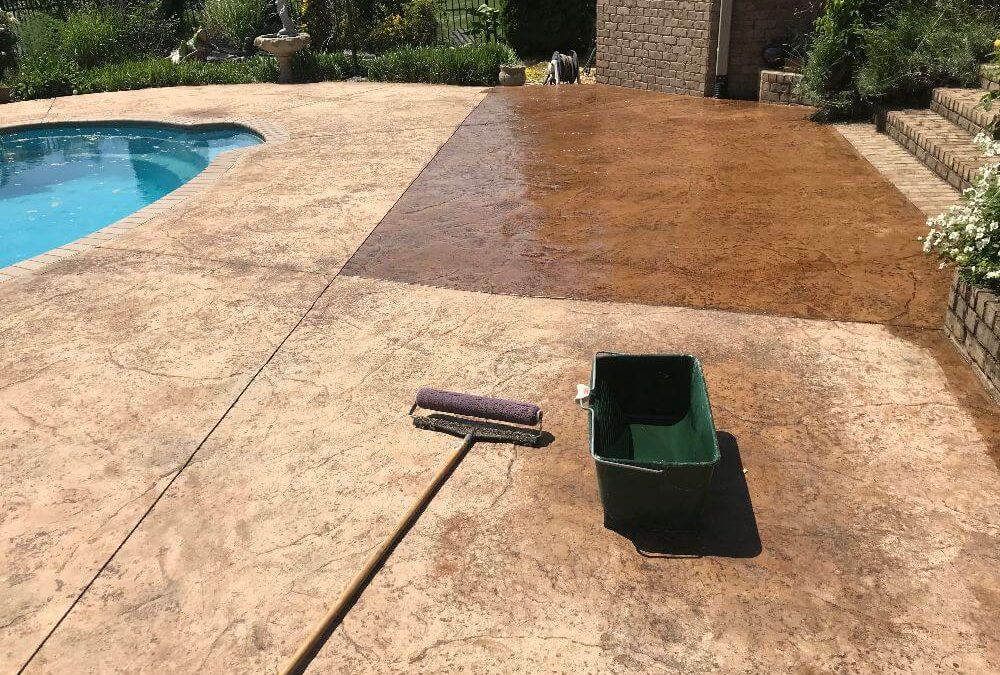Trans4loor Metallics is compatible with a variety of systems and applications include: Clear Top Coat, Floor Leveling, Metallic, Metallic pigments. Utilize the organics of your floor to create three-dimensional effects. From an accent feature to a grand entry way, Trans4loor Metallic pigments elevate design in both commercial and residential surfaces.
Trans4loor Metallics Mixing
Step 1 ) Clean
The primer coat should be screened with a 100 grit sanding screen on a rotational floor machine. This scuffing will ensure not only a good bond between coats, but also eliminate any debris or dust particulates that may have settled onto the primer coat as it was curing. Follow screening with vacuuming. Follow vacuuming with a micro-fiber wipe with denatured alcohol
Step 2 ) Mix Your Coating
Follow the TDS of your coating choice (epoxy, polyurethane, polyaspartic).
Step 3) Metallic Mixing
Shake the container of Trans4loor Metallic and empty the entire container into the epoxy. Exercise care to empty container into the liquid and not onto the sides of the pail. Mechanically mix for 3 minutes with “Jiffy” style mixer blade. Pour contents completely out in a fairly long trail for application. Any unused portion left in the pail will cure at an accelerated rate rendering it useless. Do not leave pail upside down to drain onto floor. Any unmixed portion of A or B that may have accidentally been placed onto side of pail can now drain down onto the floor, creating a spot that will not cure. Clean out or replace mixing pails and mixer blades in a reasonable fashion, so that the chemistry of A and B remain consistent, especially over large projects.
Step 4) Spreading
Spiked shoes are required throughout application. Select spreader. Notched squeegee or gauge rake may be appropriate. Roller ranging in nap size from mohair to 3/8” may be appropriate. Rollers should be premium quality with phenolic core. “De-fuzz” roller by wrapping tightly with masking tape and removing tape. Large areas may require 18” rollers and wider squeegees. Spread product evenly over area. Flatten the poured out trail into place, as it “self-levels.” Areas adjacent to walls may be “cut in” by brush. Back-roll the metallic coat after achieving the appropriate coverage, begin progressively back-rolling First Coat. Randomly swirl the Trans4floor metallic coat with a smaller roller in no particular fashion. The swirling motion will “soften” as the pigments settle into a pleasing patina. Working time for this process is approximately 15 – 20 minutes.
